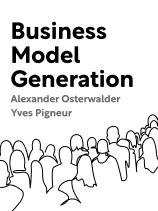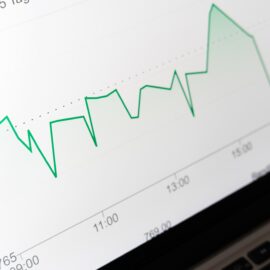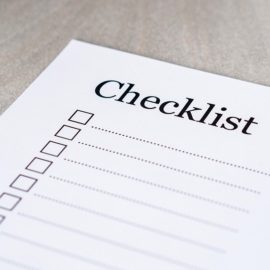

This article is an excerpt from the Shortform book guide to "Business Model Generation" by Alexander Osterwalder and Yves Pigneur. Shortform has the world's best summaries and analyses of books you should be reading.
Like this article? Sign up for a free trial here .
What is a revenue stream? What are the two types of revenue streams?
A revenue stream is simply a source of profit for a business—where the money comes from. Defining your revenue streams is one of the key elements of designing a business model for your company. There are two types of revenue streams in Business Model Canvas: 1) profits from single transactions, and 2) profits from ongoing payments such as subscriptions.
We’ll discuss both of these elements below.
Defining Your Profit Sources
According to Osterwalder and Pigneur, the creators of the Business Model Canvas, revenue streams are two-fold: 1) revenue from single transactions, and 2) revenue from ongoing payments such as subscriptions. You may have multiple income streams for each of your customer groups. Further, each of these income streams may involve different pricing mechanisms depending on whether you choose to set a fixed or variable price for your products and services.
The authors include the following ways to generate profits:
- Selling physical products
- Charging a usage fee for a product or service
- Supplying services for subscription
- Leasing products and assets
- Licensing intellectual property
- Providing an intermediation or brokerage service
| How should you determine the price for your products and services? Many businesses determine their prices using the cost-plus method—calculate the costs involved and add on a percentage (desired profit). However, experts argue that businesses need to consider how much value customers attach to their products and services before they determine their prices. Further, businesses need to recognize that their customers perceive the value of their products and services in different ways depending on their specific requirements. If businesses build these variations into their pricing structure, they can expect to receive higher profits than they would with a single pricing policy. |
Defining Your Expenses
After defining your revenue streams, Business Model Canvas’s next step is to define the expenses of operating your business. Osterwalder and Pigneur refer to this element as “Cost Structure.”
Your expenses will vary depending on whether you choose to minimize costs and offer an inexpensive product or service, or if you choose to create premium-priced products and services. The authors state that your costs structures will include at least one of the following characteristics:
- Fixed costs: salaries, rents
- Variable costs: costs vary in proportion to the volume of goods or services produced
- Economies of Scale: bulk purchase rates lessen cost per unit rates
- Economies of Scope: a single resource or activity supports multiple operations or services
| All of your costs will also fall into the following categories: Direct costs: specific expenses related to your business model elements such as paying to manufacture your product Indirect costs: general costs that keep your business operating such as paying rent, utilities, and salaries Knowing the difference between these costs will help you to identify your overall business expenses. |

———End of Preview———
Like what you just read? Read the rest of the world's best book summary and analysis of Alexander Osterwalder and Yves Pigneur's "Business Model Generation" at Shortform .
Here's what you'll find in our full Business Model Generation summary :
- The nine elements that make up any successful business model
- Different ways you can combine these elements to create business model patterns
- Techniques you can use to generate innovative ideas






